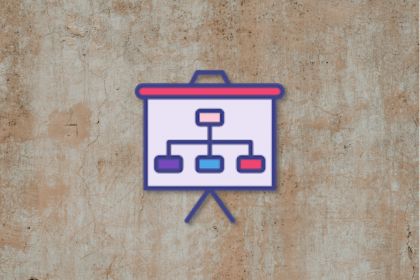
Learn how product-led cost management improves margins, maintains velocity, and creates user value through a repeatable playbook.

Learn strategies to avoid becoming a bottleneck as a PM by fostering autonomy, reducing approvals, and empowering your team to decide.

Great PMs design strategy as a living process. Explore how to plan for 2026 while balancing alignment with adaptability.

Learn practical strategies PMs can use to spread ideas, improve collaboration, and shape stronger, more connected product outcomes.

Discover how to run a growth workshop that equips your product team to map key drivers, identify levers, and plan experiments that matter.

Streamline your product stack with a six step guide to tool consolidation. Cut costs, reduce silos, and boost team efficiency.

Avoid weak product-market fit and wasted resources. Learn how to narrow broad customer segments into a focused beachhead strategy.

Learn how to build a cohesive AI strategy that drives measurable impact, aligns with business goals, and improves product workflows.

Learn why designing for niche user types like first-time, older, or low-connectivity users can boost adoption, loyalty, and market reach.

How did 200+ product managers answer the question: Is PM an art or a science? Find out in this roundup article.

Turn interviews, prototypes, and MVP results into clear insights with evidence maps for smarter product decisions.

Learn how to turn product success into leadership recognition by connecting outcomes to business impact and building visibility.